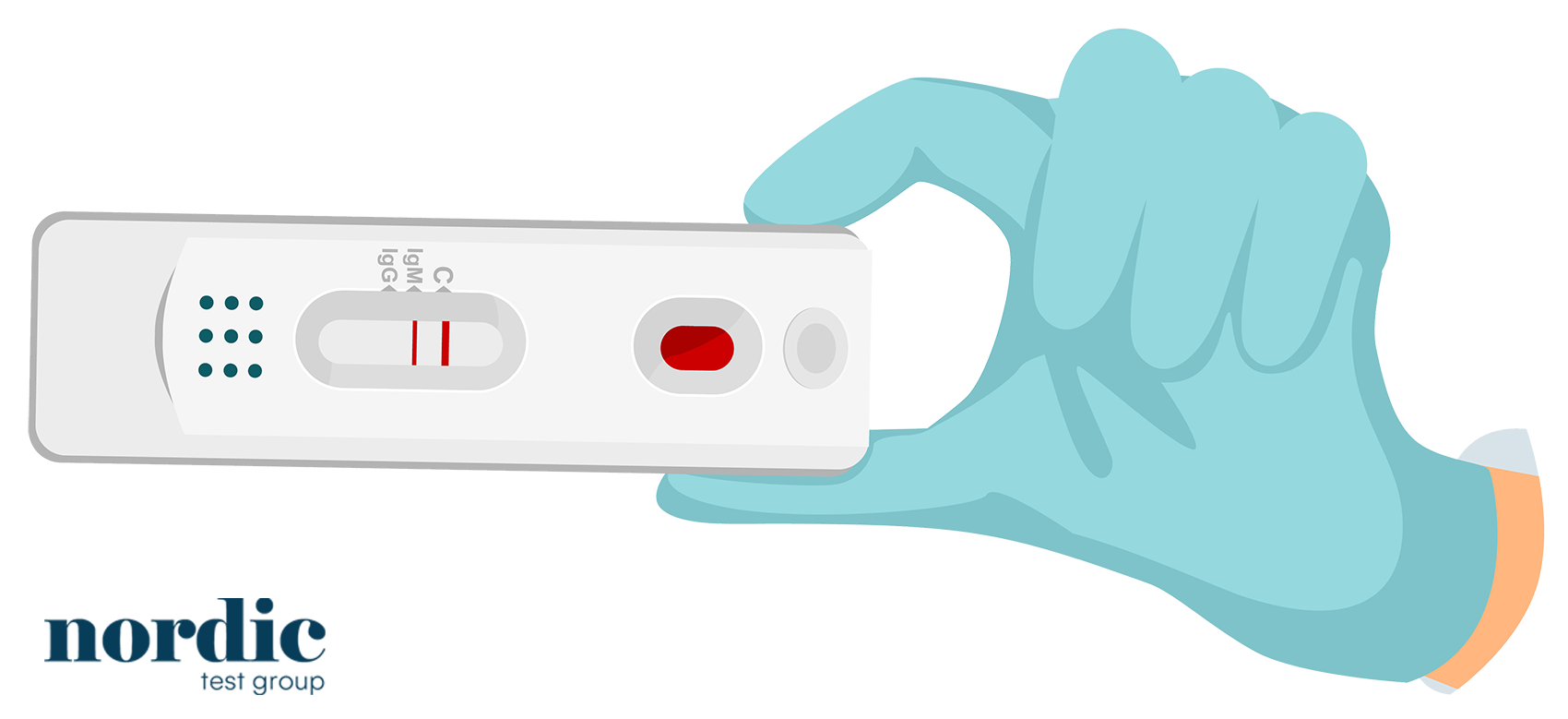Test Your Cortisol Levels: Understanding Its Purpose, Procedure, and Potential Risks
Published 2024-01-05 15:15 by Nordictest
What Is Cortisol?
Cortisol is a steroid hormone produced by the adrenal glands. When the body perceives a threat, like a large barking dog, adrenocorticotropic hormone (ACTH) is released from the brain. This stimulates the adrenal glands to produce cortisol and adrenaline.
Cortisol is the most important hormone in the body's stress response and "fight, flight, or freeze" reaction. It is a natural and protective response to perceived threats or dangers, where increased cortisol levels provide extra energy and strength.
Fysiska reaktioner under stressresponsen:
- Rapid heart rate
- Dry mouth
- Stomach discomfort
- Diarrhea
- Panic and anxiety
Cortisol also has various effects on the body, including:
- Suppression of growth
- Impairment of digestion
- Repression of reproduction
- Impact on the immune system
Why Is the Cortisol Level Test Done?
The cortisol level test is used to check if cortisol production is abnormally high or low. Some diseases, such as Addison's disease and Cushing's disease, affect how much cortisol the adrenal glands produce. The test is an important diagnostic tool for identifying and assessing these diseases, as well as evaluating the function of the adrenal glands and the pituitary gland.
Cortisol plays a central role in several body systems, including:
- The stress response
- The immune system
- The nervous system
- The circulatory system
- The skeletal system
- The breakdown of proteins, fats, and carbohydrates

How Is the Cortisol Level Test Performed?
Traditionally, the cortisol level test is performed using a blood sample to measure cortisol levels. The process includes the following steps:
- An elastic band is used to stop blood flow in the arm, making the veins more visible.
- The area where the needle will be inserted is cleaned with alcohol.
- A needle is inserted into the vein, usually causing a brief pinching or stinging sensation.
- Blod samlas i ett rör som är fäst vid nålen. Ibland behövs flera rör.
- Efter att tillräckligt med blod har samlats tas den elastiska bandet bort och en bomullsboll eller gasväv placeras på nålstället. Ett bandage används för att fästa det.
But now there is a convenient alternative available from Nordictest - our saliva-based cortisol test. It's a simple and hassle-free method for measuring cortisol levels. Instead of needing a blood test, you can easily perform the test at home with a saliva sample. This saves you from uncomfortable needles and doctor's visits. With our saliva-based cortisol test, you can obtain quick and reliable information about your cortisol levels conveniently.
Risks Associated with the Cortisol Level Test
Generally, there are few risks associated with the cortisol level test. The risk of bruising at the needle site is common. In rare cases, the following risks may occur during venous blood collection:
- Excessive bleeding
- Formation of a hematoma (blood accumulation under the skin)
- Dizziness or fainting
- Infektion.

Preparations for the Cortisol Level Test
Usually, the test is performed in the morning when cortisol levels are highest. Fasting is usually not required, but certain medications may affect test results. Therefore, the doctor may recommend avoiding specific medications before the test. It's essential to discuss any ongoing medications with the doctor.
Results of the Cortisol Level Test
Standard results for a morning blood test vary between laboratories, but it typically ranges from 6 to 23 micrograms per deciliter (mcg/dL). Higher or lower levels than this range may indicate issues that require further evaluation and treatment. Simplify and streamline your cortisol test with Nordictest - order your saliva-based cortisol test today and gain quick access to your cortisol data.


